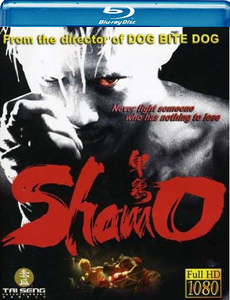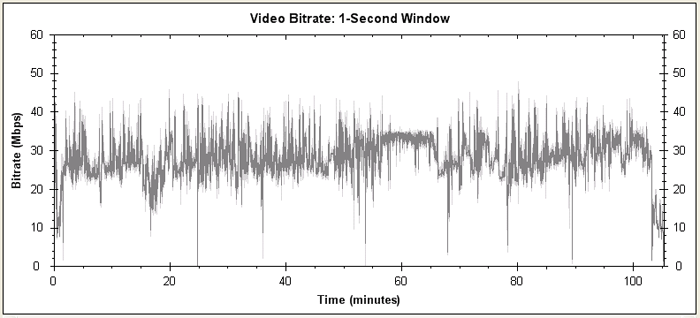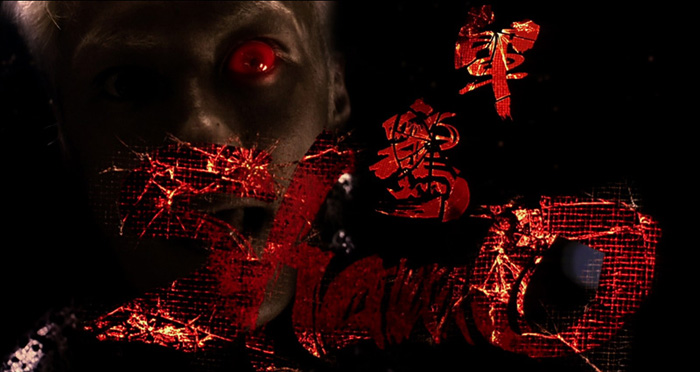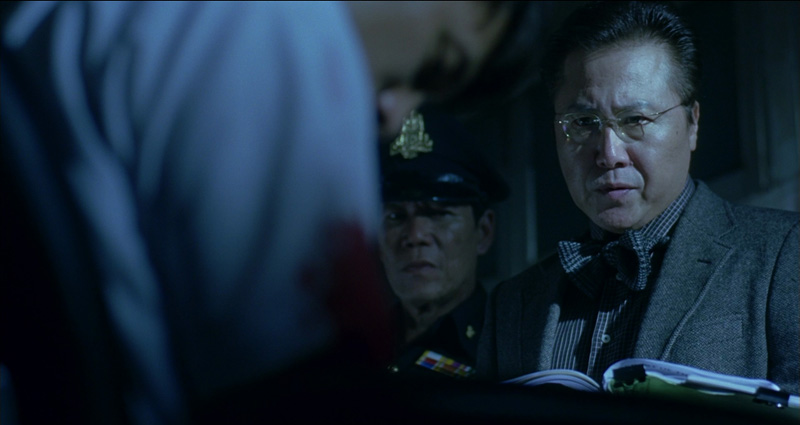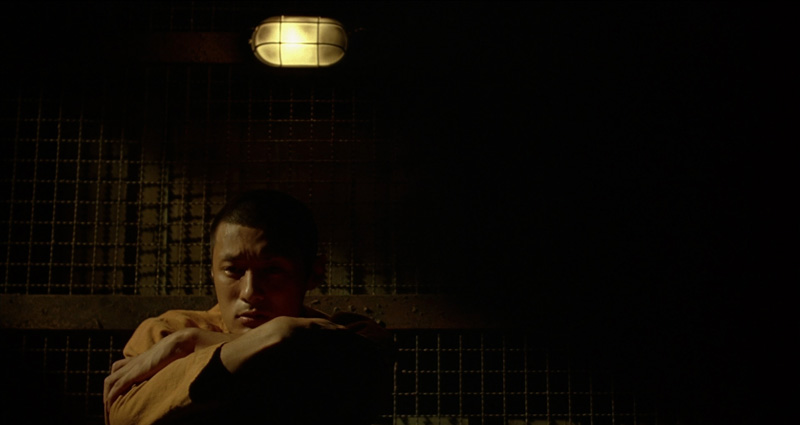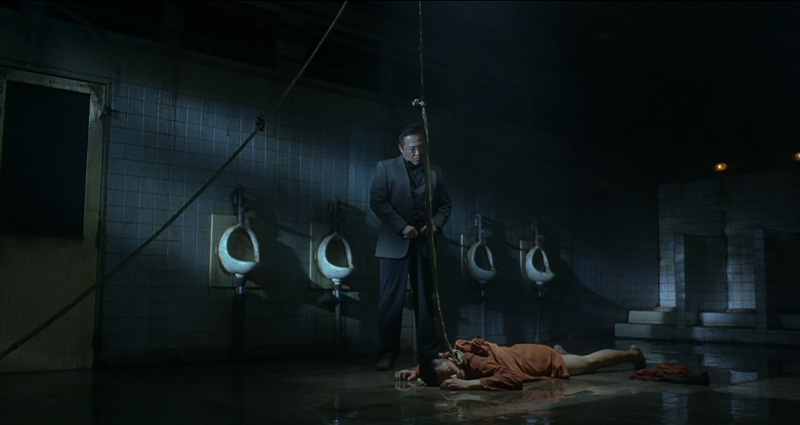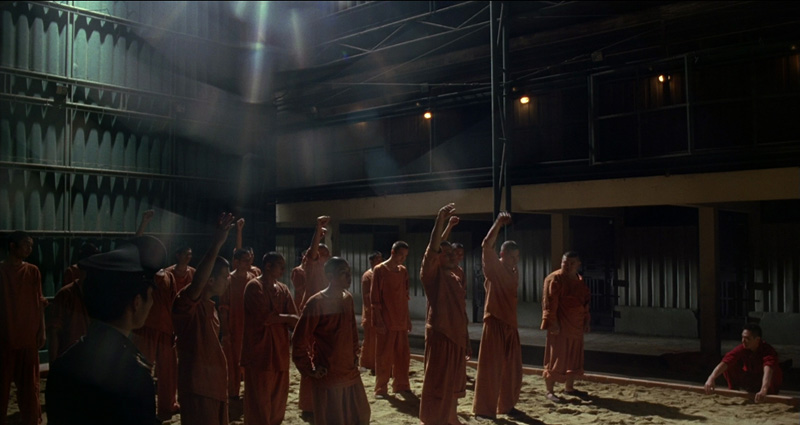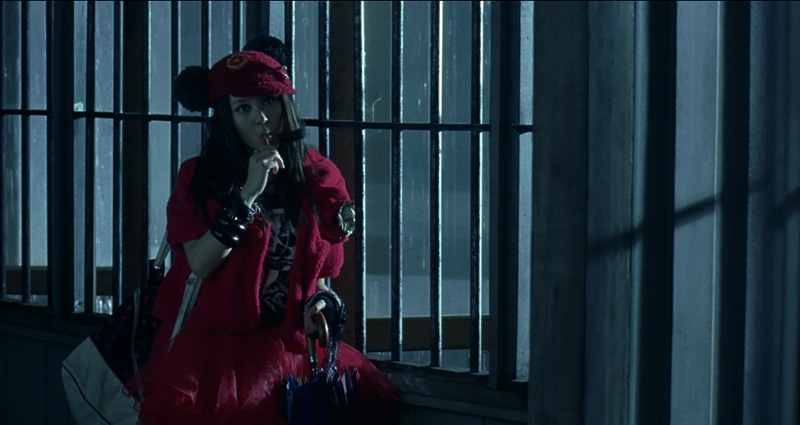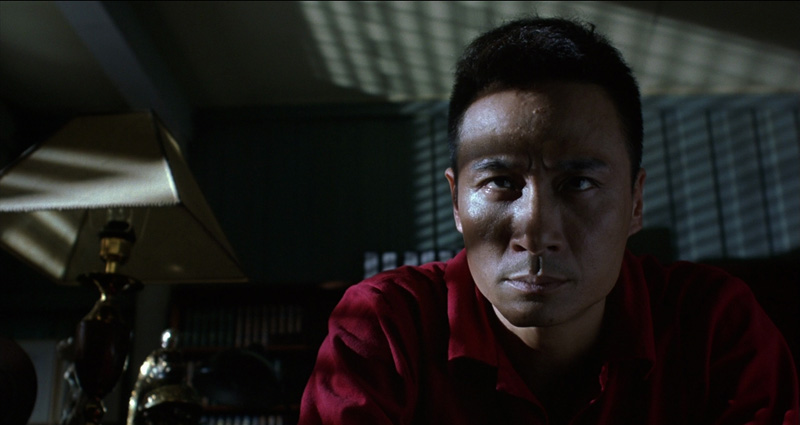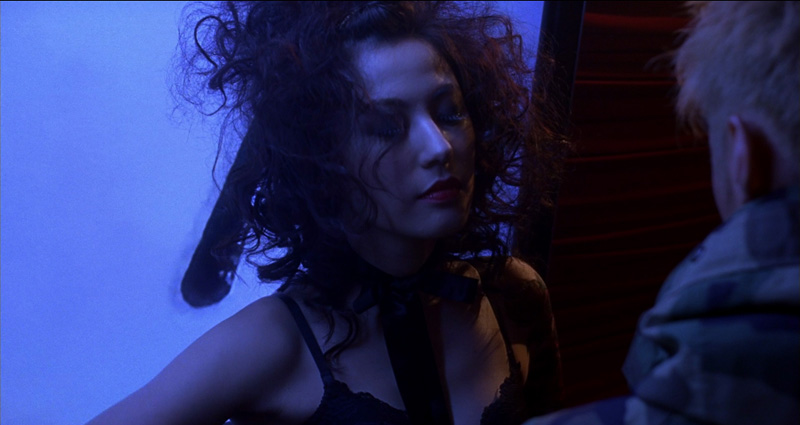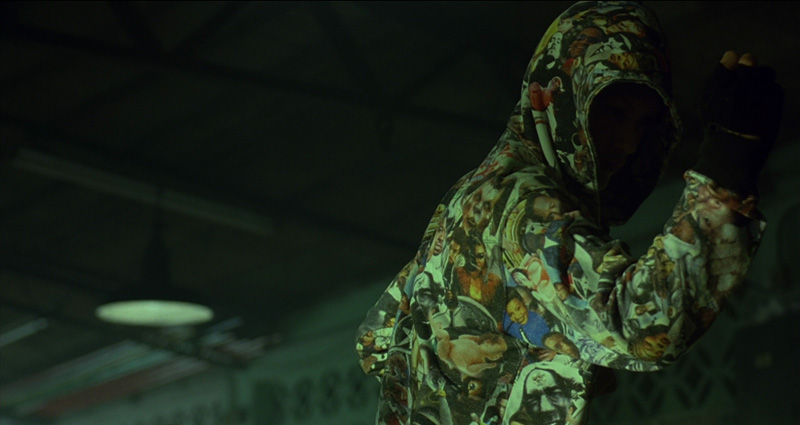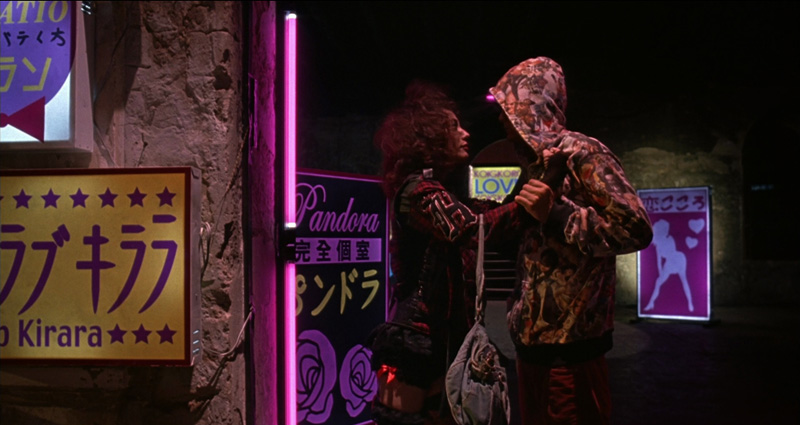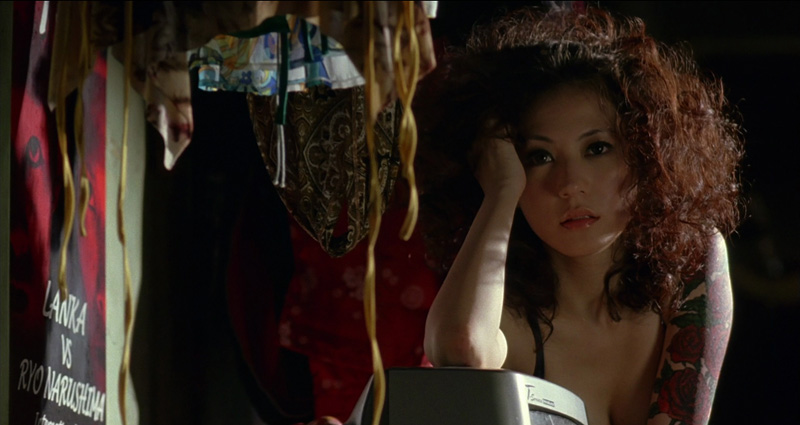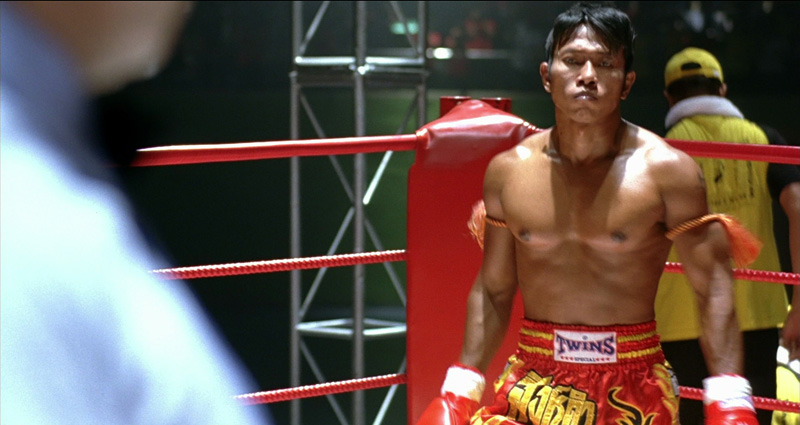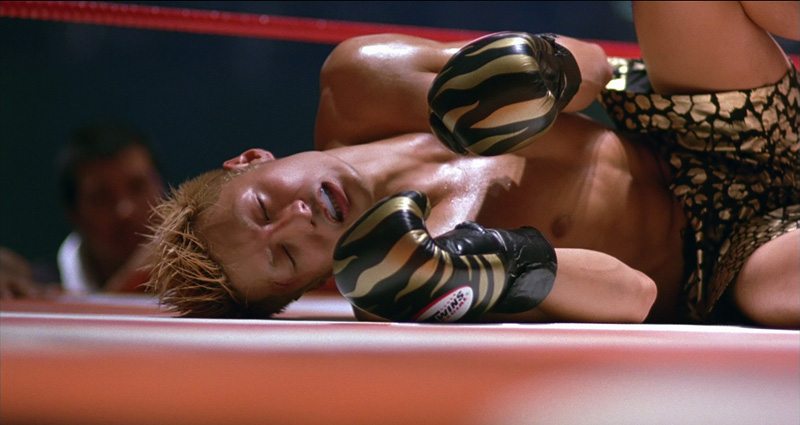Review by Leonard Norwitz
Studio:
Theatrical: Same Way & Art Port
Blu-ray: Tai Seng Entertainment (North America)
Disc:
Region: FREE!
(as verified by the
Momitsu region FREE Blu-ray player)
Runtime: 1:45:15.000
Disc Size: 35,246,280,226 bytes
Feature Size: 31,264,217,088 bytes
Video Bitrate: 27.96 Mbps
Chapters: 21
Case: Standard Blu-ray case
Release date: May 26th, 2009
Video:
Aspect ratio: 1.85:1
Resolution: 1080p / 24 fps
Video codec: MPEG-4 AVC Video
Audio:
DTS-HD Master Audio Chinese 2959 kbps 7.1 / 48 kHz / 2959
kbps / 16-bit (DTS Core: 5.1 / 48 kHz / 1509 kbps / 16-bit)
Dolby TrueHD Audio Chinese 2224 kbps 7.1 / 48 kHz / 2224
kbps / 16-bit (AC3 Core: 5.1 / 48 kHz / 640 kbps)
Dolby Digital Audio English 640 kbps 5.1 / 48 kHz / 640 kbps
Dolby Digital Audio Chinese 640 kbps 5.1 / 48 kHz / 640 kbps
Dolby Digital Audio English 384 kbps 2.0 / 48 kHz / 384 kbps
Dolby Digital Audio English 384 kbps 2.0 / 48 kHz / 384 kbps
Dolby Digital Audio Vietnamese 384 kbps 2.0 / 48 kHz / 384
kbps
Subtitles:
English, Chinese (traditional and simplified), none
Extras:
• Audio Commentary with Members of the Subway Cinema
• Audio Commentary with Ric Myers, Joe Rogan and Frank Djeng
• Interview – (31:38)
• Making-of - (3:23)
• Photo Gallery
• Original Trailer
The Film:
6
Cheang Pou-Soi's 2007 movie adaptation of the Japanese manga
by Izo Hashimoto was, to put it mildly, not well-received by
critics, even though it garnered nominations for Taiwan's
Golden Horse for Adapted Screenplay, Cinematography and
Action Choreography. The film's structure ignores
traditional arcs and instead settles on a series of tableaux
that feel more like punches to the gut than development of
either character or plot. Many argue that the film's final
reveal is not properly set up and our having to re-interpret
our impressions of the first hour and a half is more of a
betrayal than a flash of insight.
In this light it's hard not to see the movie as a sequence
of metaphors, this despite the hard hitting fight sequences,
the prison rapes, and the main character's repeated failures
to overcome we know not what – at least not for the first 90
minutes. The movie is, simultaneously, deliberately artful
while seeming to create sympathy for a person who confessed
to the killing of his parents without any apparent motive.
Ryu (Shawn Yue) is under 18 and therefore given only two
years in juvenile prison where he suffers rape and torture
at the encouragement of the warden (Ryo Ishibashi). Not
satisfied with his raving sadism, the warden brings in a
karate instructor, Kenji Kurokawa (Francis Ng), who first
teaches Ryu how to defend himself and to become a weapon in
his own right, and then beats the living hell out of him.
The second act follows Ryu as he searches for his surviving
sister (Wing Pei-Pei) and who, when she visited him in jail,
made it clear that he destroyed her life and she wanted
nothing further to do him. (It is a scene that will come
back to haunt our filmmakers and many a critic.) In the
process he meets Matsumi (Annie Liu) a prostitute who, in
her own way, is just as lost as Ryu. From Matsumi it is only
a step across the street to the world of Lethal Fight
boxing, where, we vainly hope, Ryu will find some morsel of
salvation, some restoration of soul. Such is not to be. We
need to be content with seeing the movie as a series of
consequences, all of which are pretty much the same: Ryu is
used and used up as he makes one bad decision after another.
To paraphrase an old saying: "Hell is doing the same thing
over and over, expecting different results."
Image:
8/9
NOTE:
The below
Blu-ray
captures were taken directly from the
Blu-ray
disc.
The first number indicates a relative level of excellence
compared to other Blu-ray video discs on a ten-point scale.
The second number places this image along the full range of
DVD and Blu-ray discs.
While not winning any awards for sharpness, I have the
feeling that Tae Seng's 1080p transfer is better looking
than most people ever got to see in the theater. Contrast
control is superb, especially when you consider that Shamo
is an exercise in artistic over the top and under the bottom
lighting. For all its darkness, shadow detail survives with
hardly any noise in the bargain. There is some color
fringing along the edges here and there but it does not
detract. Once we get past the opening logos, the print
remains clean throughout. I noticed no other distracting
transfer issues. Tai Seng crops the frame at 1.88:1.
CLICK EACH
BLU-RAY
CAPTURE TO SEE ALL IMAGES IN FULL 1920X1080 RESOLUTION
Audio & Music:
5/7
Once I was able to engage either the Cantonese DTS-HD MA or
Dolby TrueHD tracks, it seemed clear to me that the surround
and front channels are incorrectly mixed – the balance and
the relative shapes and sizes of dialogue (especially) and
effects are simply disparate, dizzying strands, with no glue
between them. The Mandarin DD 5.1 dub, on the other hand is
approximately correct. Better still is bypassing the
surround system altogether and accessing the DTS
uncompressed mix through digital out on the OPPO (of,
course, it's not really uncompressed or surround at that
point) and into a separate digital-to-analog converter and
then into my sound system – That, my friends, is awesome,
with plenty of integrated kick-ass effects, music, and
clear, properly sized dialogue. Weird. Weird. Weird.
Operations:
2
My initial attempts at engaging either of the uncompressed
Cantonese audio tracks from the remote were met with little
or no volume from the front channels. Undaunted, I tried
accessing them from the Set-up. Still nothing. And still
undaunted, I clicked through all of them in turn, which
magically reset the function and the front channels appeared
from nowhere on the two main uncompressed mixes. On the
subject of volume, the menu volume is way louder than it
needs to be, especially in comparison with the feature film.
Capping off this peculiar showing in the operations
department is the omission of the names of the commentators
– I think there are five altogether.
Extras:
4
When you check out your info as you play the "Interview" and
"Making-Of" features it will come up as AVC with bit rates
in the low teens, but don't think for one minute these are
HD transfers. The optimistically titled "Making-of" segment,
which is best skipped anyhow (as is the Photo Gallery and
Trailer), is pretty shabby stuff. The "Interview," in which
we hear from several members of the cast and see how their
characters come alive in the movie, is much more useful.
It's subtitled and in bright but acceptable anamorphic 16x9.
I have the feeling that these two segments have had their
titles reversed.
More important and entertaining by far are the two panel
commentaries. Both are sources of enormous quantities of
information about current Asian film. I listened mostly to
the second, with occasional visits to the first. The
commentators introduce themselves, but their names are not
always clearly articulated, nor are they are credited on the
video box, so my apologies if I get any of this wrong. The
first commentary is by three of the members of the Subway
Cinema (NY Asian Film Festival). The second is with Ric
Myers (author of "Great Martial Arts Movies," and
contributor to Asian Cult Cinema & Inside Kung Fu), Joe
Rogan (martial arts fighter and writer about comics) and
Frank Djeng (Tae Seng). They discuss the movie in the
context of the original manga and how the film differs;
Japanese vs. Chinese approaches to contemporary filmmaking;
ditto that for Hong Kong and Mainland China; the actors and
their characters; and their various takes on the success or
not of the movie on its own terms. A valuable discussion,
but one you should not listen to unless you have already
watched the movie. Same for commentary #1.
|
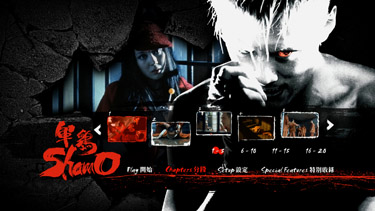 |
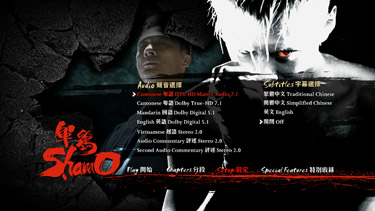 |
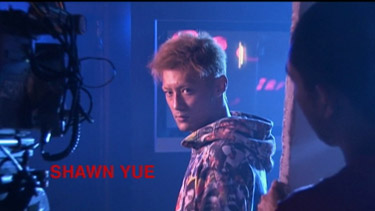 |
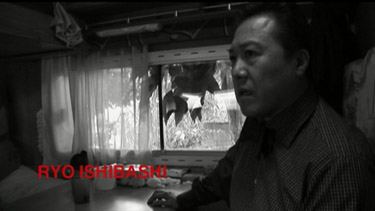 |
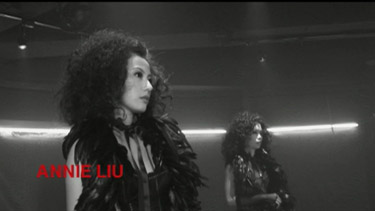 |
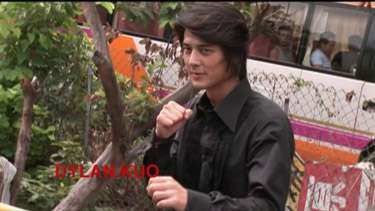 |
Bottom line:
6
Shamo may be a triumph of style over substance, but well
crafted style is still worth a look, as is this movie. The
transfer is quite good, the audio problematic (though I
found an agreeable solution), the commentaries superb and
worth hearing if you want to learn something about Asian
film that isn't about historical legends, triads, or
romances.
Leonard Norwitz
March 23rd, 2010
![]()
![]()

![]()
![]()
![]()
![]()

![]()
![]()

